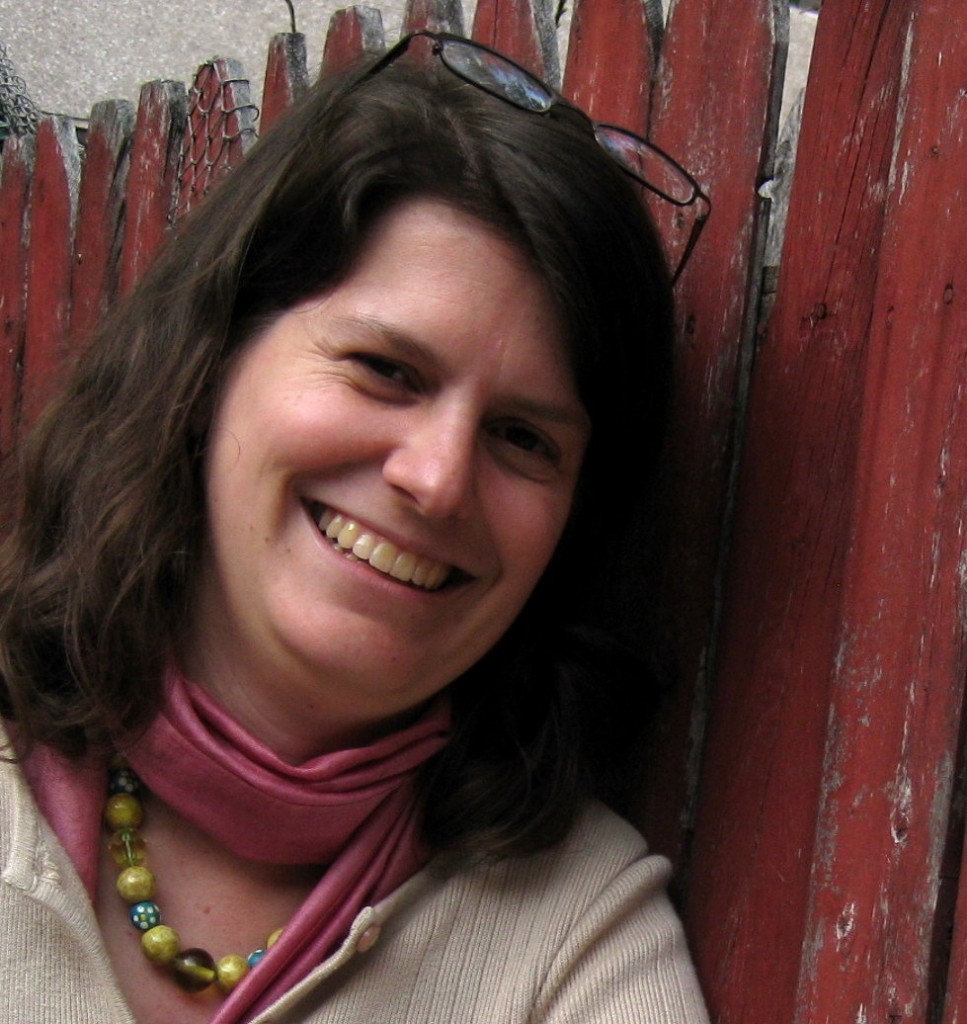
Hannah Nordhaus’s 2011 book The Beekeeper’s Lament tells the story of troubled honeybees through one beekeeper. The Ten Most Beautiful Experiments is George Johnson’s look at … well, 10 beautiful science experiments. In The Sports Gene, David Epstein examines the debate over nature versus nurture in the world of sports.
These books all have something in common: They weren’t originally intended as books. Each started as an article in, respectively, High Country News, The New York Times, and Sports Illustrated. All three articles were quickly followed by inquiries from publishers or agents.
So which articles can become books? And how do you turn six brilliant pages on glossy paper into a tome that can grace a parent’s shelf? I talked to writers, agents, and a book editor to find out.The first thing to ask yourself is whether there’s enough material for a book. Nordhaus started thinking about a book when she was writing her 4,700-word bee story and noticed that she was leaving out more material than usual. The story came out just when people were starting to talk about colony collapse disorder, in March 2007. (It’s still the most-read story ever on the High Country News website.) A couple of publishers contacted her about writing a book. “I just sat down and listed all of the other things I wanted to write about and there was so much there,” she says.

The main criterion Johnson uses when deciding whether to turn a story into a book is whether he can imagine being absorbed in the project for two or more years. Before The Ten Most Beautiful Experiments, he’d written several books, including in-depth biographies about scientists who did complex work. The new project appealed to him because it had an obvious structure—a chapter for every experiment—and would be short. And it’s been successful; the rights have been sold for 15 foreign-language editions.
When agents and editors see proposals based on articles, they ask questions like, “Do I feel like I’ve read enough about the topic after reading the article, or do I need to/care to know more?” says agent Susan Raihofer of David Black Literary Agency. “Could the narrative naturally cover a 300 or so page arc—without being overextended?”
“Most articles should be articles,” says Nordhaus’s agent, Stephanie Cabot of The Gernert Company. But Nordhaus’s was different, she says. “Because she’s a very good writer. Because it was a small, very well documented story which reflected a much bigger concern”—what’s happening to bees and how humans are affecting the environment. Cabot says she looks for science books with a very strong narrative.
Michael Signorelli, an editor at HarperCollins Publishers, acquired Nordhaus’s book. For an article to work as a book, he says, it has to have a broad impact—to interest readers outside of the scientific community or outside of a particular geographic area. Compelling characters help too. He especially liked Nordhaus’s central character, a beekeeper with a big personality and a lot to say. Books can work without a strong single human at the center, Signorelli says, but he thinks that books centered on a single person sell better. Take The Immortal Life of Henrietta Lacks, “That is the end-all be-all,” he says.
If The New York Times Magazine runs a story that gets a lot of attention, “You know you’re going to have an agent coming around town with the guy or the lady telling the whole story,” Signorelli says. But not all of the stories are suited to becoming books—and if everyone has already read 5,000 words, they may not buy the book. Signorelli goes to the original article for clues to how much it caught readers’ interest. “If you see something has 500 comments, you realize people have feelings about it,” he says. “If it’s up there and there’s no comments, you wonder.”
If you don’t have an agent, a magazine article is a good way to get one interested, says Berta Treitl, an agent at Grosvenor Literary Agency. Then they can help you shape the proposal. In some cases, you may want to get an agent involved before the story comes out. If it’s a newsworthy topic and it’s likely to get interest from publishers, an agent can help you get a proposal ready to go when the article is published.
Several agents contacted Epstein when his story “Sports Genes” came out in Sports Illustrated. In fact, he wrote the proposal because colleagues at SI advised him that this was a good time to get an agent—not because he was dying to write a book about genes and sports.
A proposal typically consists of a description of the book, a table of contents, a sample chapter, and materials about the writer. “Writing a book proposal takes time,” says Treitl. “It’s a really creative process, figuring out what to put on the page,” she says. You write a table of contents and a summary of what’s going to be in each chapter—then maybe you decide that the first eight chapters are kind of boring, but the last two could each be divided into six parts—and so on until you have a structure you think will work.
The proposal helps you organize your thoughts, but its purpose is to convince an editor that there’s an audience for the book and you are the person to write it. Proposals include a bit of market analysis, listing the wildly successful recent books that resemble yours.
It’s possible to sell a proposal without a sample chapter, particularly when the article can show your writing style. Epstein didn’t write a sample chapter. He strongly recommends not following his example. “Even though it worked out for me, it was a tough process,” he says. He did his proposal quickly, organizing the information from his article into the format of a proposal in “less than a month. Maybe a week?” He figured he’d send it to his agent and they’d discuss it for a while, but that wasn’t what happened. “He basically said, ‘This is great! I’ll have it in auction next week.’” Epstein panicked—he didn’t think he was ready to write a book. He tried to back out more than once, but eventually convinced himself that he could go through with it. “I love the topic, I was just scared of the scope of the project.”
Nordhaus’s agent sent a proposal for The Beekeeper’s Lament around without a sample chapter, but it didn’t sell. So Nordhaus spent nine months writing one—tough work, she says, but worth it to see if she actually wanted to do it nine more times. She chose a chapter toward the end of the book. The delay meant that another book about bees came out in the meantime, but her agent was still able to sell her book.
Raihofer thinks the sample chapter should always be the opening chapter, prologue, or introduction. “The opening chapter helps the writer draw the reader in and have them wanting to read more,” she says.
Once the proposal sells, it’s time to write the book. Manuscripts are normally due in 12, 18, or 24 months—although a lot of writers arrange for extensions. The more work you’ve done on the proposal, the more smoothly the writing should go, in theory.
“The friends I’ve had who did half-assed proposals and hadn’t put a lot of thought into it had a much harder time” writing their books, Nordhaus says. She’s working on her second book now, due to be published in 2015. It’s about her great-great grandmother, who moved to Santa Fe from Germany in 1866. “I worked harder on my second book proposal than my first,” she says. “It’s a great process to go through.”

Helen Fields is a freelance science journalist in Washington, D.C. She writes about frogs, whales, meteorites, psychology, and whatever else she and her editors can think of. Her freelance work has appeared in Smithsonian, Science, and New Scientist. Before she started freelancing full time in 2008, she had staff jobs at National Geographic and U.S. News & World Report.


